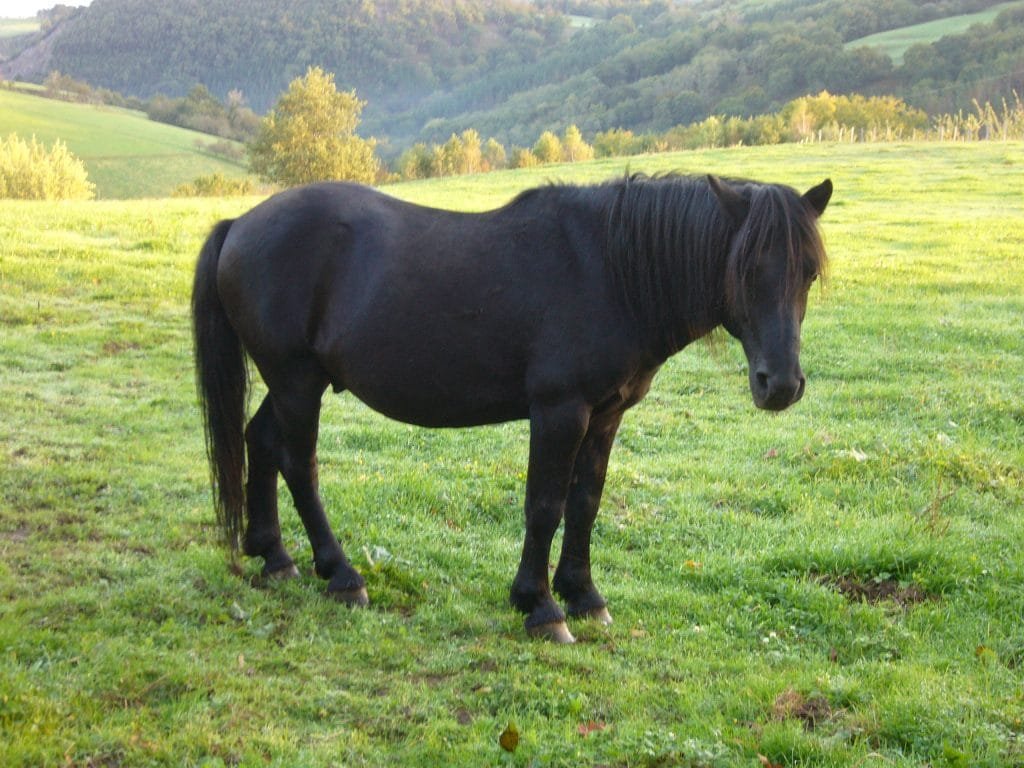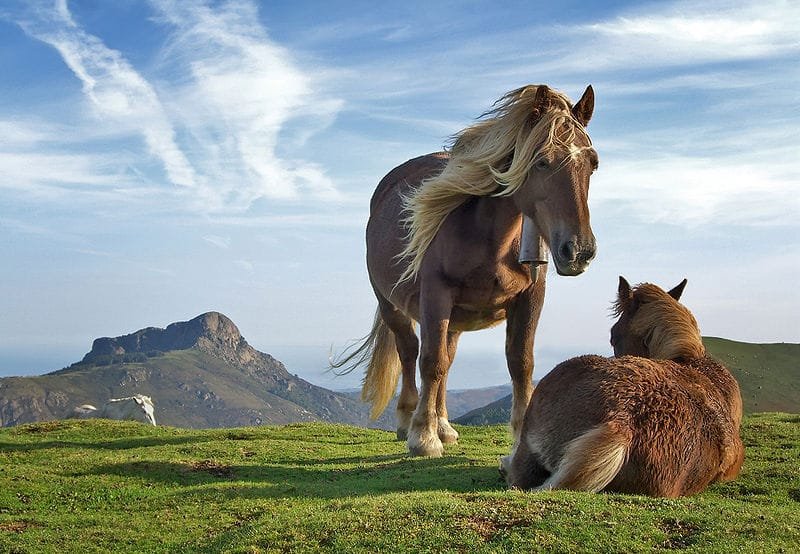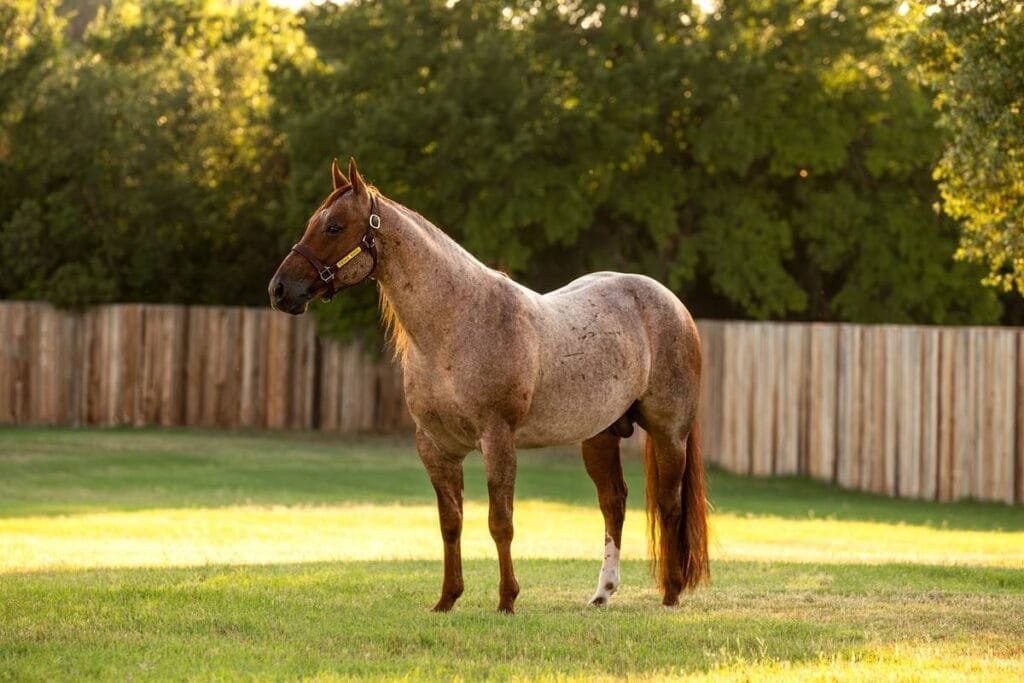The Pottok Horse: A Treasure of the Basque Country
Pottok horse is more than just a breed; it is a living piece of history. With their gentle temperament, historical significance, and ongoing conservation efforts, they represent a bridge between the past and present. Whether in the fields of the Basque Country or in modern riding schools, Pottok horses continue to enchant and inspire those who encounter them. Their legacy is a testament to the enduring bond between humans and horses, celebrating a breed that has stood the test of time.
Origins and History
The Pottok horse is one of the oldest breeds in Europe. Its roots trace back to ancient times, with evidence suggesting that these horses have been around for over 2,000 years. They were originally bred by the Basque people, who used them for various tasks, including transportation and work in the fields.
Feature details
| Feature | Details |
|---|---|
| Origin | Basque Country (Spain and France) |
| History | Over 2,000 years old; one of Europe’s oldest breeds |
| Size | 12 to 13 hands high (48 to 52 inches at the shoulder) |
| Build | Sturdy and compact |
| Coat Colors | Black, bay, chestnut, and other variations |
| Mane and Tail | Long and thick |
| Temperament | Friendly, gentle, calm, and adaptable |
| Use | Originally for work and transportation; now also used in riding schools, therapy, and traditional farming |
| Conservation Status | Efforts underway to preserve and protect the breed |
| Cultural Significance | Symbol of Basque heritage; featured in festivals and folklore |
| Modern Uses | Riding schools, therapy programs, traditional agricultural work |
Physical Characteristics
Pottok horses are small, standing around 12 to 13 hands high (a hand is 4 inches, so that makes them about 48 to 52 inches tall at the shoulder). Despite their small size, they are known for their sturdy build and strong legs. Their coats can be a variety of colors, including black, bay, and chestnut. One of their most charming features is their long, thick mane and tail, which give them a rugged and elegant appearance.
Temperament and Behavior
Pottoks are known for their friendly and gentle nature. They are intelligent and adaptable, which makes them excellent companions for people of all ages. These horses are also known for their calm demeanor, making them great for children and novice riders. Their easy-going temperament is one of the reasons they have remained popular for so many years.
Conservation Efforts
In recent decades, the Pottok horse faced challenges due to changing agricultural practices and a decrease in traditional farming. As a result, there were fewer of these horses, and their numbers dwindled. However, conservation efforts have been underway to protect and preserve the breed. Breeding programs and dedicated enthusiasts have been working hard to ensure that the Pottok horse remains a part of the Basque Country’s heritage.
Cultural Significance
The Pottok horse holds a special place in Basque culture. They are not just animals but symbols of the region’s history and way of life. In traditional Basque festivals and events, Pottok horses are often featured, showcasing their role in the community. They are also popular in local folklore and stories, highlighting their importance to the Basque people.
Modern Uses
Today, Pottok horses are still used for various purposes. They are often seen in riding schools, especially those focused on teaching children and beginners. They are also used in therapy programs, thanks to their calm and patient nature. Additionally, Pottoks are sometimes used in traditional agricultural settings, continuing their historical role in farming.
Known for its remarkable history and distinctive features, the Pottok is a symbol of the region’s rich equestrian tradition.





